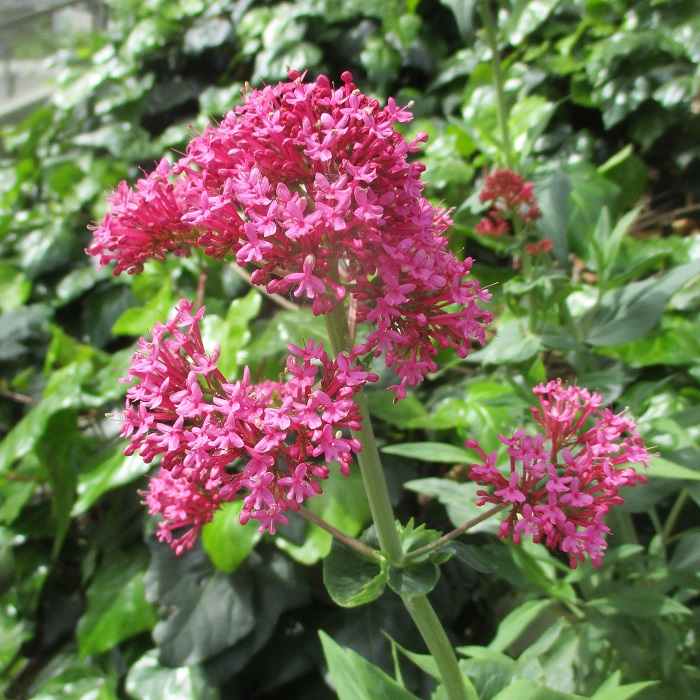UNITED STATES—Shade trees no longer get the appreciations that they deserve. Only half a century ago, they were important components of suburban landscapes. Big deciduous trees shaded broad lawns and sprawling roofs during the warmth of summer. They defoliated to let warming sunlight through during winter. Now, modern architecture would not accommodate them.
Sunlight has not changed. Human interaction with it has. Modern homes are significantly taller, so create bigger shadows. They are closer together, with less garden space that is not within their bigger shadows, or shadows of adjacent homes. Higher fences intended to compensate for the minimal proximity of adjacent homes contribute even more shade.
Gardening can be difficult within the limited space and abundant shade of modern home gardens. Small evergreen trees or big shrubs that obscure unwanted scenery above the fences can also obscure much of the sunlight that manages to get past the infrastructure. Substantial vegetation in neighboring gardens can get close enough to be influential too.
Sunlight influences modern homes differently.
The primary part of modern homes that is not excessively shaded is the roof, which is not used for gardening. Trees that are proportionate to modern home gardens are not much taller than associated modern roofs. Modern attics are fortunately insulated so efficiently that shade is not important. Besides, many modern homes have solar panels.
Walls and windows of modern homes are efficiently insulated as well. Warming sunlight during winter is therefore not as much of an advantage as it is for older homes, although it is appealing within sunnier homes. Ironically, the utility cables of many modern homes are subterranean, so it will not interfere with trees that get too big for their confined spaces.
Regardless of their functions within their landscapes, even small trees can develop roots that are sufficiently aggressive to displace pavement and deck suspensions. Trees are likely to be detrimentally close to such features within limited space. Turf grass that is thin and wimpy because of insufficient sunlight is more susceptible to lumpiness of surface roots. Because of proximity, neighboring gardens must be considered too.
Highlight: Jupiter’s Beard
It is rare in nurseries, but common in and near old gardens. Jupiter’s beard, Centranthus ruber, was popular at least a century ago, and is now naturalized. It migrates so liberally, and transplants so easily, that there should be no need to purchase it. Those who grow it in established colonies may be happy to share. Specific cultivars can be elusive though.
Bloom is typically pinkish red, but can be brick red, purplish red, purplish pink, pale pink, or white. Individual flowers are tiny, but abundant, in rather dense and somewhat conical trusses. Bloom begins in spring and becomes more profuse until warm summer weather. A cool situation can inhibit primary bloom, but promote sporadic bloom through summer.
Jupiter’s beard prefers sunny exposure. Although a bit of shade can preserve foliar color and extend sporadic bloom through summer warmth, it compromises profusion of bloom. The slightly rubbery evergreen foliage of bloomed stems deteriorates slowly. Removal of older stems after bloom eliminates shabby growth, and also promotes fresh new growth.
Horticulturist Tony Tomeo can be contacted at tonytomeo.com.






